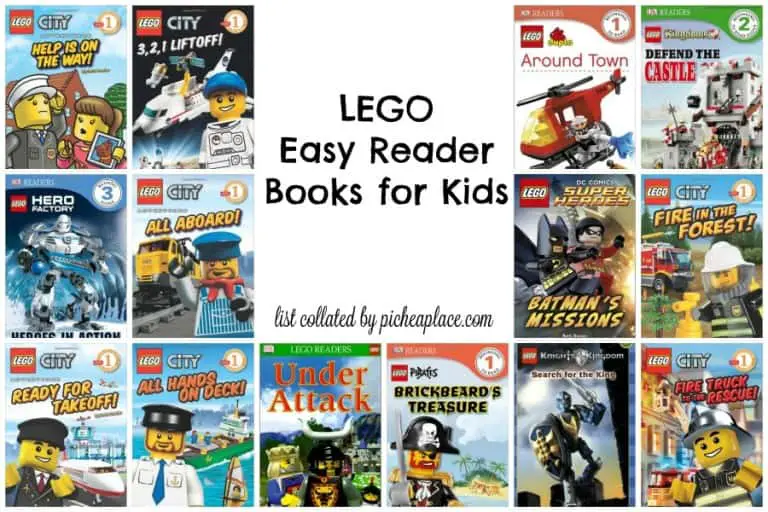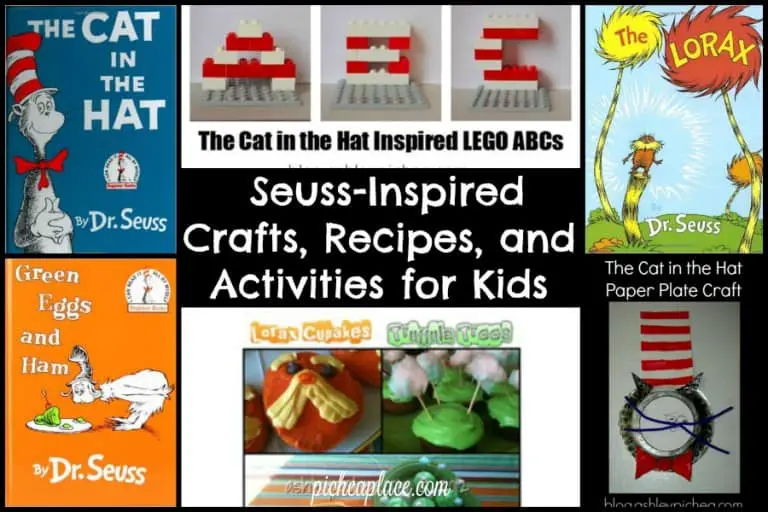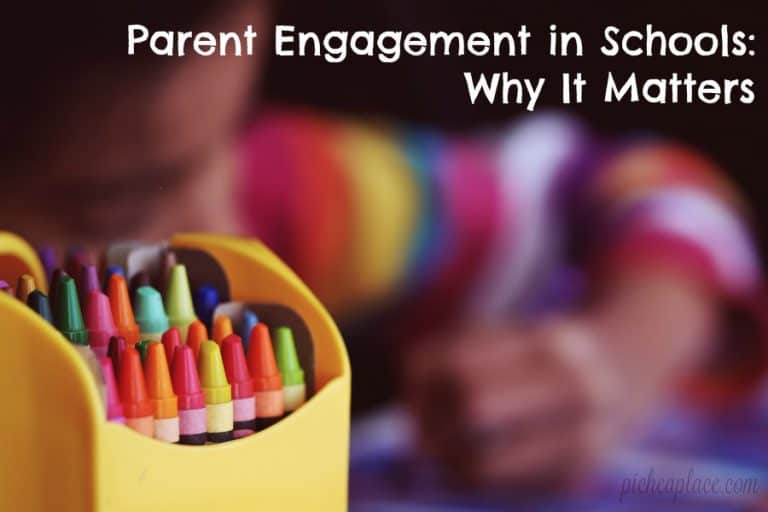10 Activities and Tips to Develop Children’s Reading Skills
One of the major milestones in your children’s lives is learning to read. As a parent, this is a wonderful time but the prospect may cause some concerns. Since children begin learning the skills needed to read from birth, it’s important that you begin setting the stage early. Here are ten activities and tips to develop children’s reading skills that you can incorporate into daily life.
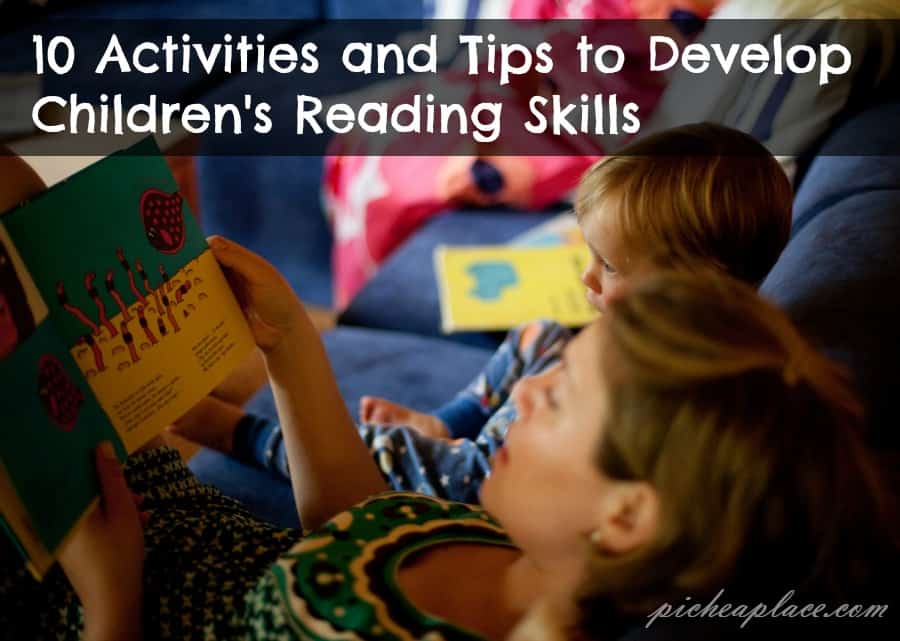
1. Talk to your children.
Even before they are born, you can begin communicating with your children by talking and singing to them. During the early years, continue the practice. Remember that your children will use the language, phrases, and words that you do. Make it a point to be positive and use a wide range of words, including words that are a little beyond their age level. Avoid baby-talk and “adult” language. Children, even the older ones, imitate and mimic what they hear.
2. Actively listen to children.
Since oral communication is learned before reading, talking and listening skills are very important. Listening is not simply hearing but understanding the words, as well as their meaning and the feelings behind them. Restate what you thought you heard. Provide time for clarification, correction, and further thoughts from your child.
3. Read aloud to your children.
Children of all ages gain a great deal from hearing you read. Just from hearing you read, they learn new words and their meanings, how to pronounce words, how to express emotions, what different tones of voice mean, how pauses create anticipation, how words can paint a picture, how to read between the lines, and much more. When you read to older children, it enables them to focus more intently on the story plot and details.
Read a variety of genres to your child. According to data from Nielsen Market Research, the most popular children’s genres purchased, in order of popularity, include young adult (18%), picture books (15%), series/chapter books (7%), nonfiction (6%), coloring books (5%), and beginner/early-reader books (4%).
4. Connect words with pictures and other forms of art.
There is a story behind every picture and piece of artwork. Picture books are a good example. When a page is read aloud, discuss the details in the picture. Teach your child to read the story from the picture. When the book is finished, ask your child to draw or paint a favorite part of the story, make something from play dough, or act out something that happened in the story.
For young children, label things around the house. For example, write “door” on an index card and stick it on a door. Take a picture. When the cards come down, you still have a reference.
5. Encourage imagination.
When you encourage your child’s imagination, you open his or her mind to other possibilities. You teach them to think bigger and bolder. There are many ways to do this. One of the main ways is by asking, “what if” and then including something specific from the story. For example, “What if Horton didn’t hear the Whos?” This could be discussed and you could continue asking other questions as your child verbally makes up a new version of the story. This is also a great way to get your child to write a new story.
6. Play word games.
From toddlers to teens, kids love word games. Young children are limited by their vocabulary so you can boost it by playing games.
One example is “show me”, where you ask them to show you a ball, pillow, table, or something tangible. When they get those correct most of the time, introduce a color or descriptive word. “Show me a red ball,” or “Show me a big truck,” are examples.
The “opposite” game can be done over the phone and is wonderful when played with a family member. The adult starts by asking, “what’s the opposite of up,” and the child replies. The game continues with the adult suggesting a word. For the next call or game, the child should start it off.
7. Take turns reading.
After you’ve read a new book several times, encourage your child to “read” the words or pictures, to you. With a favorite book, your child probably knows the story by heart. In that case, consider having your child just tell the story without opening the book. You want to play “what happened next” where you tell part of the story and then ask your child what happened next and the child tells the next part of the story.
8. Demonstrate purposes for reading.
We read for two different reasons – pleasure and information. Let your child see you reading for each of these. An example of reading for pleasure might include relaxing in a chair or hammock and reading your latest book or magazine. An example of reading for information could include, reading a recipe, reading a newspaper, looking up a phone number, reading a map to get directions, etc.
9. Share tips for gathering and remembering information.
When you read for information, you usually need to write something down or remember it. Show your child how to take notes. Sometimes notes can be just one word but most of the time, they need to contain more details. Songs, rhymes, and chants can help to remember information too. Examples of these include the Alphabet song and the Columbus rhyme to remember 1492.
10. Show interest and enthusiasm.
It’s important that you set a time when you and your child can drop everything and read (DEAR). Show interest by making special time to read, ask question about the story and what your child thinks or feels. Show enthusiasm by sharing and talking about books you read at that age. Ask for a suggestion on a good book to read. Start a reading club with your child. Read the same book at the same time. Share your thoughts about the book.
There are so many ways to encourage a love of reading in your child, all of which will help to develop your child’s reading skills. The key is to begin when the child is very young and keep building on that foundation. If you aren’t sure where to start, these ten activities and tips to develop children’s reading skills will give you some ideas.
Related: Best Books for Kids
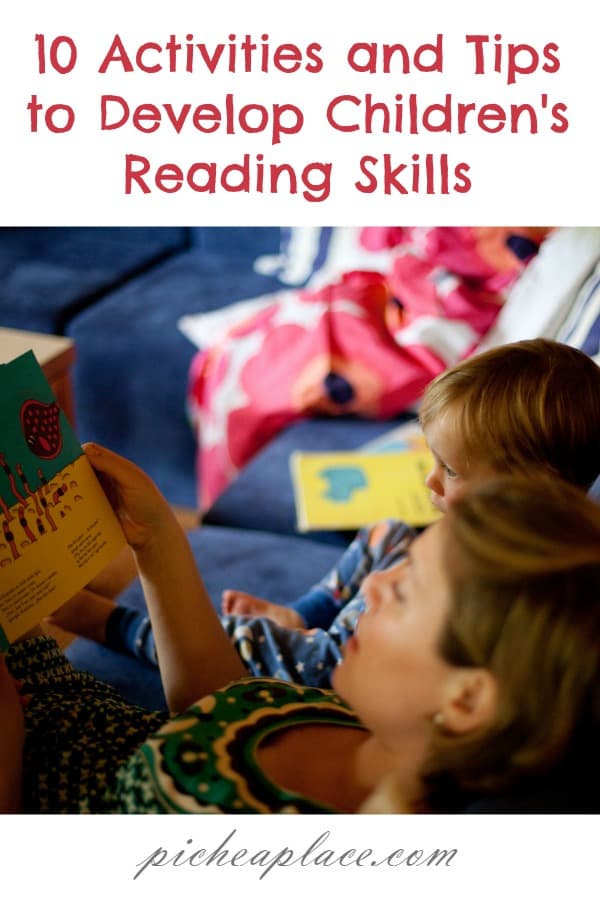
original image credit: https://www.flickr.com/photos/criminalintent/3804850671


